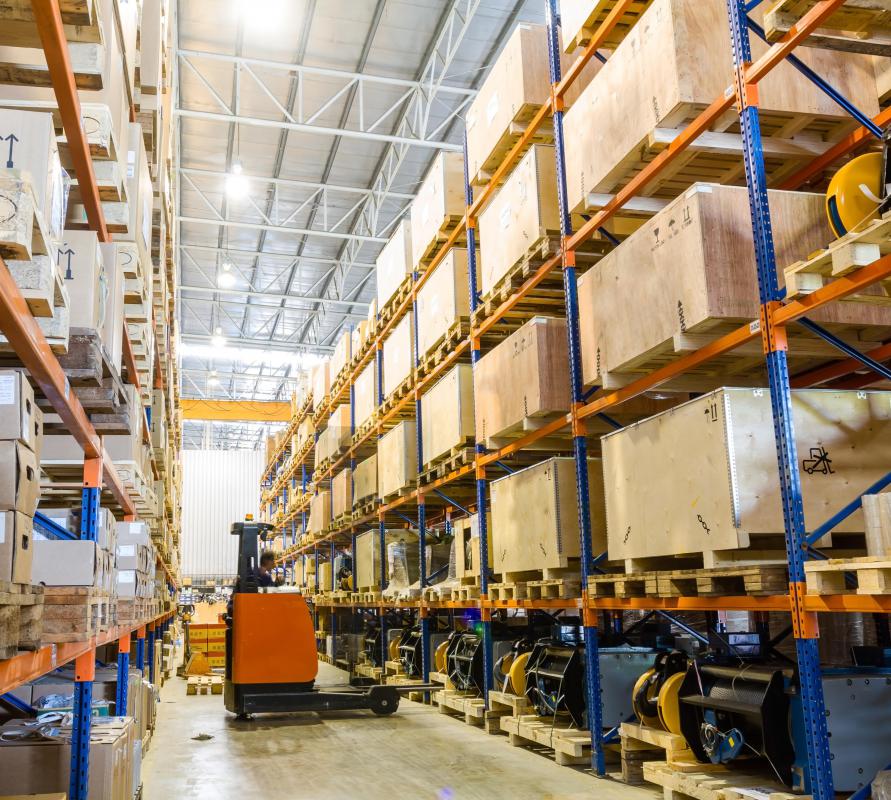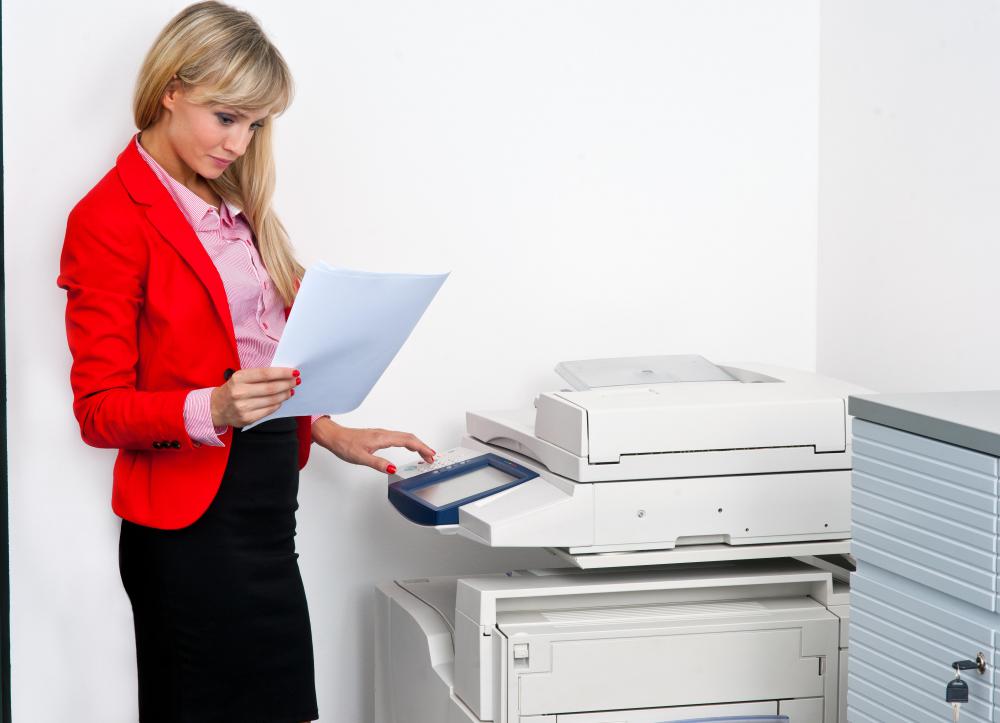At SmartCapitalMind, we're committed to delivering accurate, trustworthy information. Our expert-authored content is rigorously fact-checked and sourced from credible authorities. Discover how we uphold the highest standards in providing you with reliable knowledge.
What are Hard Costs?
Hard costs are those represented by the purchase of a tangible item. This can include such items as equipment, real estate and supplies. These types of costs are often stated separately from their counterparts, soft costs, because they may present the purchaser with different tax options.
Monies spent on needed physical items, such as owned land, equipment, machinery and owned buildings, are considered hard costs. The equipment can be anything needed to run a business, be it an expensive manufacturing machine, a copier, office furniture, or a coffee pot for the break room. In an event facility, such expenses might include the purchase of items such as tables, chairs, linens, and serving dishes. For a landscaping business, these costs might include mowers, edgers, and breathing masks for the crew.

Base materials or finished goods held in inventory against future sales can be categorized as hard costs as well. In a manufacturing environment, this may include fasteners and substrates that are regularly used to make the products the company sells, such as plastic, metal, wood, or paper. In a resale environment, this means whatever items are listed in the company's catalog or readily available in a retail space. For example, a company that prints greeting cards would have hard costs associated with the printing presses and with the ink and paper used to make the cards. A company that sells greeting cards would have hard costs associated with the cards themselves, and also with the fixtures used to display the cards and the registers used to ring up sales.

The counterpart to a hard cost is a soft cost. Soft costs do not involve tangible items that are owned by the company; they include payroll, utility expenses, rent payments and the cost of capital. If the company owns or is buying its building through a mortgage, the purchase price or mortgage payments are considered a hard cost. If it leases the building, those payments are soft costs.

Capital hard cost items can be apportioned and depreciated in financial and tax accounting. The rate of depreciation, the time frame over which companies can claim tax credits, and the minimum cost required to qualify an item for depreciation vary based on the governing jurisdiction. Businesses regularly depreciate high-dollar items, such as machinery, buildings and vehicles, but not low-cost items, such as coffee pots or serving dishes. Hard cost items that are consumable, such as paper for the office printer, may not be depreciated.
Individuals have hard costs and soft costs, too. Buying a home or a vacuum would be considered a hard cost. Paying a utility bill or renting a movie would be a soft cost.
AS FEATURED ON:
AS FEATURED ON:













Discuss this Article
Post your comments